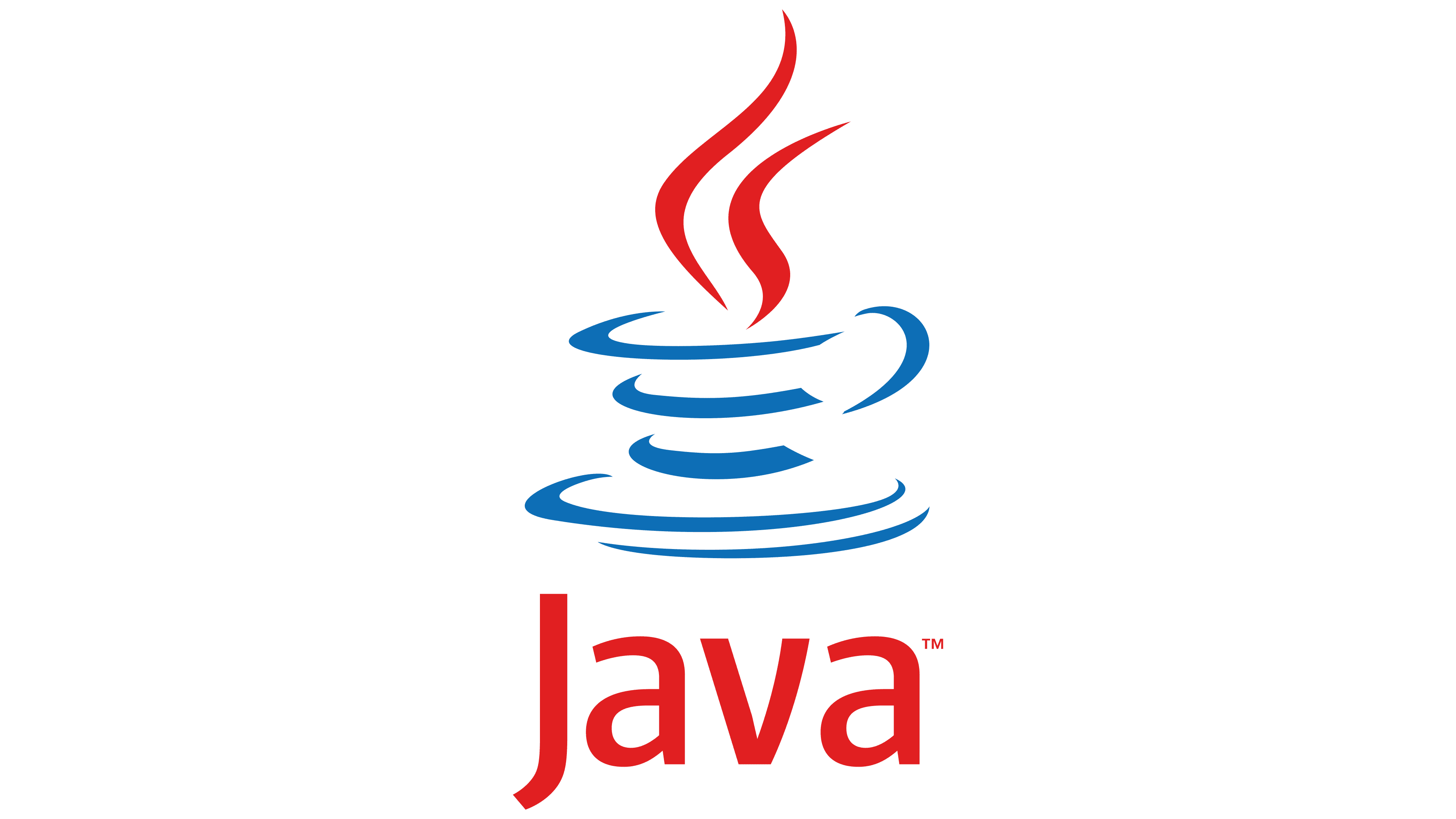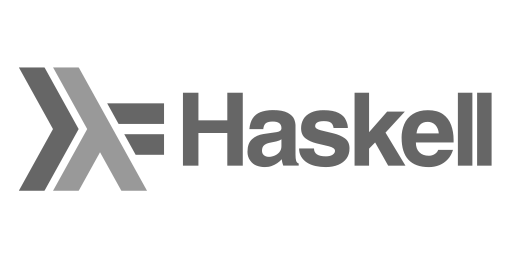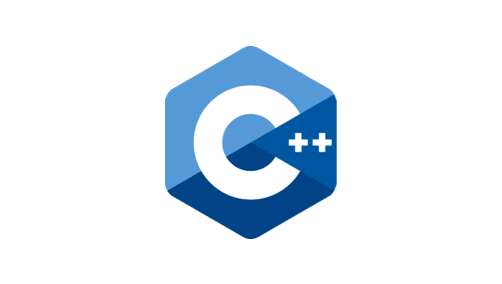10 best AI programming languages to learn in 2024 - Explained for begginers
The impact of Artificial Intelligence (AI) is reshaping various industries, resulting in enhanced decision-making, cost efficiency, and increased productivity.

The impact of Artificial Intelligence (AI) is reshaping various industries, resulting in enhanced decision-making, cost efficiency, and increased productivity.
AI has the capability to independently handle repetitive and time-consuming tasks, enabling individuals to concentrate on more essential activities. Moreover, it possesses the ability to swiftly analyze extensive datasets, furnishing stakeholders with valuable insights.
Nevertheless, it's essential to understand that AI doesn't operate through magic alone. When delving into vast datasets, it becomes evident that the frameworks and programming languages at the core contribute significantly to its functionality. Python stands out as one of the most favored programming languages for AI development, thanks to its extensive library ecosystem and user-friendly learning curve. However, other languages such as Java, C++, and Haskell also play pivotal roles in constructing AI systems.
We delve deeper into the specifics of the top AI programming languages and offe r guidance on selecting the most suitable language for your upcoming AI project.
10 best AI programming languages to learn

Read Digimagg's Review
Python stands out as a widely embraced programming language in the realm of AI development, mainly due to its easily comprehensible syntax, making it accessible for newcomers. Its extensive collection of libraries and frameworks, including NumPy, Scikit-learn, and Matplotlib, adds to its appeal by streamlining project development, allowing users to import and utilize these resources instead of building everything from scratch.
Furthermore, Python's versatility is evident in its diverse applications. It finds utility in the creation of neural networks and machine learning algorithms through frameworks like TensorFlow and PyTorch. Additionally, Python proves beneficial in data analysis, facilitating the identification of patterns, trends, and relationships. Python's open-source nature, coupled with a robust community, contributes significantly to its prominence in software development. Beginners can easily seek assistance from active users on platforms like GitHub and Stack Overflow.
 Large community and ecosystem
Large community and ecosystem Extensive standard library
Extensive standard library Readability and simplicity
Readability and simplicity.png) Global Interpreter Lock (GIL)
Global Interpreter Lock (GIL).png) Dependency management
Dependency management.png) Mobile development
Mobile development
Read Digimagg's Review
Java is a robust, versatile, and widely-used programming language that has been a cornerstone of software development for over two decades. Developed by Sun Microsystems (now owned by Oracle Corporation), Java was officially released in 1995 with the promise of "Write Once, Run Anywhere" (WORA), thanks to its platform independence achieved through the Java Virtual Machine (JVM). One of Java's most significant strengths is its portability. Java programs can run on any device or platform that has a compatible JVM, whether it's a Windows PC, macOS, Linux server, or even embedded devices like smartphones and IoT devices. This cross-platform compatibility has made Java a popular choice for building everything from desktop applications and web servers to mobile apps and enterprise-level systems.
Java's popularity in enterprise environments can be attributed to its robustness, scalability, and extensive ecosystem. The language's strong typing, exception handling, garbage collection, and multithreading support contribute to the development of reliable, high-performance applications that can handle large-scale workloads with ease.

 Platform Independence
Platform Independence Strongly typed language
Strongly typed language Robustness and stability
Robustness and stability.png) Memory consumption
Memory consumption.png) Security concerns
Security concerns.png) Verbose syntax
Verbose syntax
Read Digimagg's Review
Julia has gained popularity within the AI community, primarily owing to its high-performance capabilities and efficient prototyping features. The language is known for its swift processing speed, a crucial aspect in AI development, especially when dealing with extensive datasets. Its user-friendly syntax, akin to Python, further facilitates an easier learning curve. Julia's compatibility with other programming languages such as R, C, and Python is a notable advantage. This interoperability allows developers to harness the power of robust libraries and dependencies like TensorFlow and PyTorch, written in different languages, seamlessly integrating them into their applications.
The inherent support for parallelism and distributed computing in Julia enables AI platforms to handle substantial computational workloads and manage large datasets without significant performance deterioration. Being an open-source language, Julia allows developers to tap into community-driven libraries, reducing development time and effort. Noteworthy tools provided by Julia include Plots.jl and Gadfly.jl for data visualization, and MLJ.jl for constructing deep learning and machine learning models. Additionally, Julia offers Scikitlearn.jl, serving as an interface to the Python library scikit-learn.

 Active community and ecosystem
Active community and ecosystem Extensive standard library
Extensive standard library Ease of use
Ease of use.png) Maturation of ecosystem
Maturation of ecosystem.png) Stability and breaking changes
Stability and breaking changes.png) Resource consumption
Resource consumption
Read Digimagg's Review
JavaScript is a versatile and ubiquitous programming language that powers the dynamic behavior of websites across the internet. Initially developed by Netscape in the mid-1990s, JavaScript has since evolved into a fundamental technology for web development, enabling interactive user experiences, dynamic content updates, and asynchronous communication with servers.
One of JavaScript's defining features is its ability to execute code directly within web browsers, making it a client-side scripting language. This allows developers to enhance static HTML pages with dynamic functionality, such as form validation, DOM manipulation, animation effects, and event handling. With the rise of modern web development frameworks and libraries like React, Angular, and Vue.js, JavaScript has become even more powerful, enabling developers to build complex, single-page applications (SPAs) with rich user interfaces and seamless interactions.

 Cross-platform compatibility
Cross-platform compatibility Asynchronous programming
Asynchronous programming Client-side scripting
Client-side scripting.png) Browser compatibility Issues
Browser compatibility Issues.png) Performance limitations
Performance limitations.png) Single-threaded execution
Single-threaded execution
Read Digimagg's Review
Prolog is a declarative programming language specifically designed for symbolic and logical reasoning. Developed in the early 1970s by Alain Colmerauer and Philippe Roussel at the University of Aix-Marseille in France, Prolog stands for "Programming in Logic." It has since gained popularity in artificial intelligence (AI), natural language processing (NLP), expert systems, and symbolic computation. One of Prolog's defining features is its emphasis on logic programming, where programs are expressed as a set of logical rules and facts rather than a sequence of imperative instructions. In Prolog, computation is driven by queries that match patterns against the defined rules and facts, allowing for powerful and expressive problem-solving capabilities.
The language is based on a formal system known as first-order logic, which consists of statements (predicates) about objects and their relationships. Prolog programs define relationships between objects using predicates, which are organized into clauses consisting of a head and a body. Queries to a Prolog program involve proving whether a given goal can be satisfied by applying the defined rules and facts.

 Built-in backtracking and unification
Built-in backtracking and unification Pattern matching and logic programming
Pattern matching and logic programming Expert systems and rule-based reasoning
Expert systems and rule-based reasoning.png) Limited standard libraries
Limited standard libraries.png) Debugging and troubleshooting
Debugging and troubleshooting.png) Limited adoption and tooling
Limited adoption and tooling
Read Digimagg's Review
R is a programming language tailored for statistical computing and data analysis, offering an array of data visualization libraries such as Ggplot2, Lattice, and Shiny. These libraries empower developers to swiftly generate graphs, charts, and other visuals from their data. In-built functions like glm and lm facilitate statistical modeling. The Caret package enhances R's capabilities by enabling the construction, training, and testing of machine learning models. Caret also supports hyperparameter tuning, allowing AI developers to optimize the performance of their machine learning algorithms.
R provides programmers with performance evaluation tools, including resampling methods and cross-validation, to assess the effectiveness of their AI models and make necessary adjustments. Additionally, R's compatibility with other programming languages like Java and Python contributes to a robust ecosystem, featuring a diverse range of libraries for developing various applications.

 Statistical analysis and data visualization
Statistical analysis and data visualization Community and package ecosystem
Community and package ecosystem Integration with other tools and languages
Integration with other tools and languages.png) Performance limitations
Performance limitations.png) Data wrangling challenges
Data wrangling challenges.png) Limited performance for concurrency
Limited performance for concurrency
Read Digimagg's Review
Lisp, short for "LISt Processing," is a family of programming languages known for their unique syntax, powerful macro system, and support for functional programming. Developed in the late 1950s by John McCarthy, Lisp is one of the oldest programming languages still in use today. Despite its age, Lisp continues to influence modern programming languages and remains popular among researchers, educators, and enthusiasts. One of Lisp's distinguishing features is its use of symbolic expressions, or "S-expressions," to represent both data and code. In Lisp, programs are written as nested lists of symbols and expressions, which are manipulated using a small set of fundamental functions called "primitives." This simplicity and uniformity of representation make Lisp programs highly expressive and easily extensible, enabling rapid prototyping and experimentation.
Lisp's macro system allows programmers to define custom language constructs and extensions, giving them unparalleled flexibility and control over the language's syntax and semantics. This capability enables advanced metaprogramming techniques, such as code generation, domain-specific languages (DSLs), and automatic optimization, making Lisp a powerful tool for building domain-specific solutions and language extensions. Lisp is also known for its support for functional programming paradigms, including first-class functions, lexical closures, and higher-order functions. This makes Lisp well-suited for tasks involving recursion, list processing, and algorithmic abstraction, as well as for implementing modern programming concepts such as map-reduce, lazy evaluation, and immutability.

 Interactive development environment
Interactive development environment Dynamic typing and late binding
Dynamic typing and late binding Functional programming support
Functional programming support.png) Limited tooling and ecosystem
Limited tooling and ecosystem.png) Memory management
Memory management.png) Niche adoption
Niche adoption
Read Digimagg's Review
Haskell adheres to a functional programming paradigm, incorporating core principles such as pattern matching, high-order functions, and immutability, making it well-suited for handling and manipulating intricate data structures in AI development. Built on a robust mathematical foundation, Haskell facilitates the creation of complex algorithms, potentially extending to deep learning models. Its distinctive feature of lazy evaluation ensures that expressions are assessed only when necessary, optimizing the utilization of computational resources.
The strong type system and type safety inherent in Haskell prevent programmers from assigning incompatible values to variables, contributing to the reliability and robustness of AI applications developed in this language.

 Strong type system
Strong type system Concurrency and parallelism
Concurrency and parallelism Purely functional
Purely functional.png) Limited industry adoption
Limited industry adoption.png) Tooling and ecosystem
Tooling and ecosystem.png) Community size
Community size
Read Digimagg's Review
C++, known for its role in developing intricate software systems with high abstraction levels, has garnered popularity in AI development due to its versatility, performance, and low-level capabilities, enabling swift communication between software and hardware components. While C++ can interact with machine learning libraries like TensorFlow and PyTorch through bindings or APIs, these libraries are primarily designed for Python use. Nevertheless, leveraging these libraries in C++ allows developers to integrate advanced functionalities into their applications without building everything from scratch. C++ supports parallel computing and multithreading, crucial for creating high-performance AI applications.
In C++, AI developers gain greater control over memory allocation, allowing them to allocate more memory to functions handling complex computations, thereby reducing lag and other performance issues. Frameworks like OpenCL and CUDA support hardware acceleration, enabling machine learning applications to harness computer hardware like GPUs for enhanced performance.

 Control over hardware
Control over hardware Large standard library
Large standard library Compatibility and portability
Compatibility and portability.png) Memory management
Memory management.png) Lack of safety features
Lack of safety features.png) Fragmentation
Fragmentation
Read Digimagg's Review
Scala's incorporation of both functional and object-oriented programming features positions it as a well-suited language for AI development, offering programmers the ability to craft clear and efficient code for the creation of high-performance applications. The built-in support for immutability in Scala ensures that objects maintain a constant state once declared, allowing AI developers to effectively track and work with these objects throughout the software development life cycle. Similar to C++, Scala supports multiprocessing and parallel computing, enabling AI engineers to construct programs capable of executing multiple tasks simultaneously.
Scala's interoperability with Java is advantageous, as developers can leverage Java-based libraries and tools, such as Apache Hadoop and Spark, for large-scale data processing. This capability empowers professionals to uncover hidden patterns and relationships within vast datasets, facilitating informed decision-making. The pattern-matching abilities of Scala make it well-suited for tasks like Natural Language Processing (NLP), where AI systems need to process user inputs and generate relevant responses. Its object-oriented nature further enhances its suitability for toolkit creation, enabling the development of tools for prototyping and research using Scala.

 Combines object-oriented and functional programming
Combines object-oriented and functional programming Static typing and type inference
Static typing and type inference Expressive syntax and conciseness
Expressive syntax and conciseness.png) Tooling and build complexity
Tooling and build complexity.png) Runtime performance overhead
Runtime performance overhead.png) Community size and adoption
Community size and adoption
Which AI programming language is right for you?
Assess Project Needs
Evaluate the requirements of your AI project, considering factors such as the application structure and essential features. Different programming languages may be more suitable for web-based applications, deep learning models, or robotics projects.
Available Libraries and Frameworks
Opt for a programming language with a rich ecosystem of tools, libraries, and frameworks that can expedite the development process. Python stands out in this regard, boasting extensive AI, data science, and machine learning libraries. This abundance of resources can streamline the creation of AI applications without the need to build core functionalities from scratch.
By carefully considering these factors, you can identify the AI programming language that aligns with the specific requirements and constraints of your project, ultimately enhancing the efficiency and success of your development endeavors.
Project Type Compatibility
Choose a language that aligns with the nature of your project. For web-based applications, JavaScript might be a fitting choice due to its support for browser functionalities. On the other hand, C++ could be more appropriate for robotics projects, given its support for low-level hardware integration.
Skill Level and Learning Curve
Consider your skill level and the learning curve associated with each programming language. Python is known for its beginner-friendly syntax and relatively flat learning curve, making it accessible for newcomers. Conversely, languages like C++ may have steeper learning curves, requiring more time and effort to master.
Integration and Compatibility
Choose a language that integrates well with other platforms and libraries if your project requires a combination of different tools. C++, for instance, can accommodate libraries from other languages, while JavaScript facilitates the combination of APIs running on diverse frameworks.
Performance and Stability
Evaluate memory management techniques, execution speeds, and the multithreading capabilities of programming languages. C++ excels in high-performance tasks due to its efficient memory management and multithreading abilities. Java is also noteworthy for its automated garbage collector and scalability through microservices architecture.
Community and Support
A robust community enhances troubleshooting, resource sharing, and continuous learning. Languages like JavaScript, Python, and Java boast large and active user communities, making them advantageous choices, especially for beginners.
In the dynamic field of AI programming, where no one-size-fits-all solution exists, carefully consider project requirements, ease of use, available libraries, and compatibility with other frameworks. Whether you're an AI expert seeking opportunities or a project manager looking for skilled developers, platforms like Upwork can connect you with professionals proficient in various programming languages such as JavaScript, Python, and Java.







































.png)








